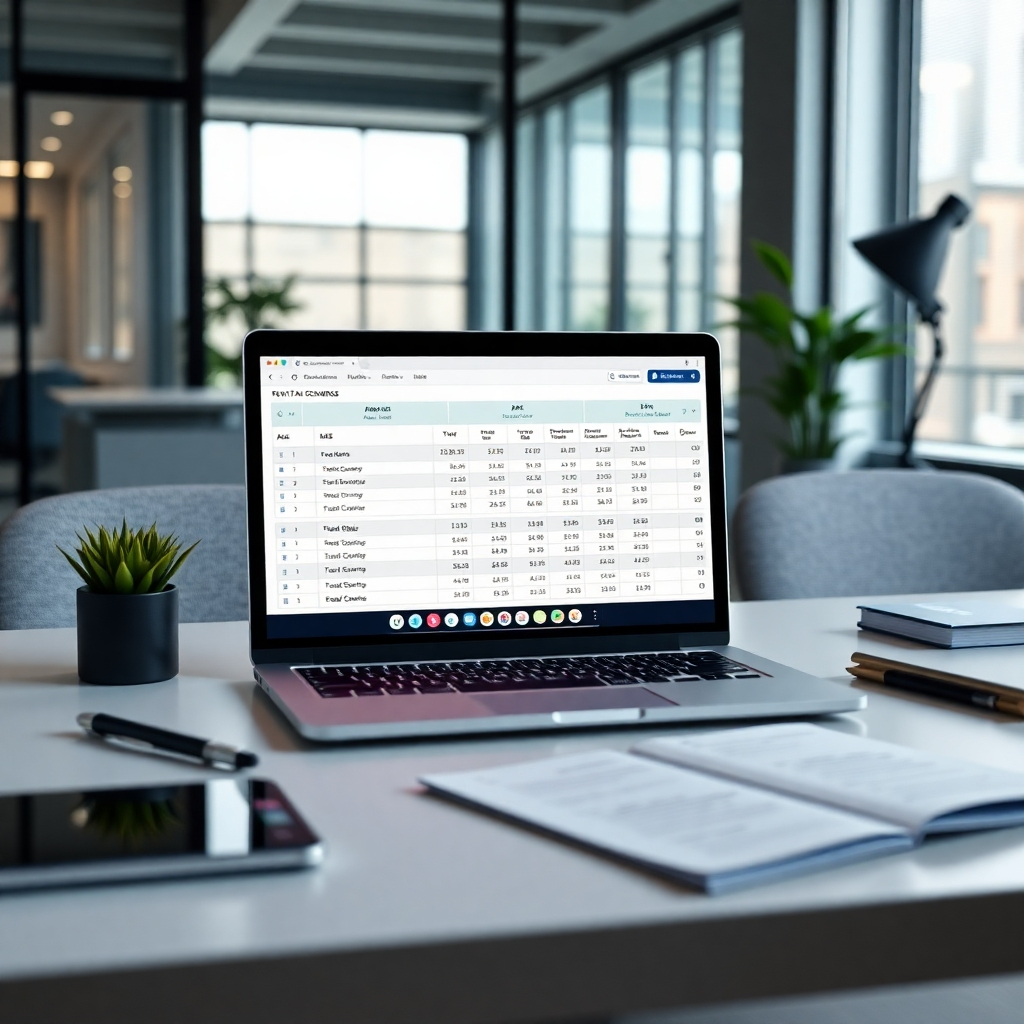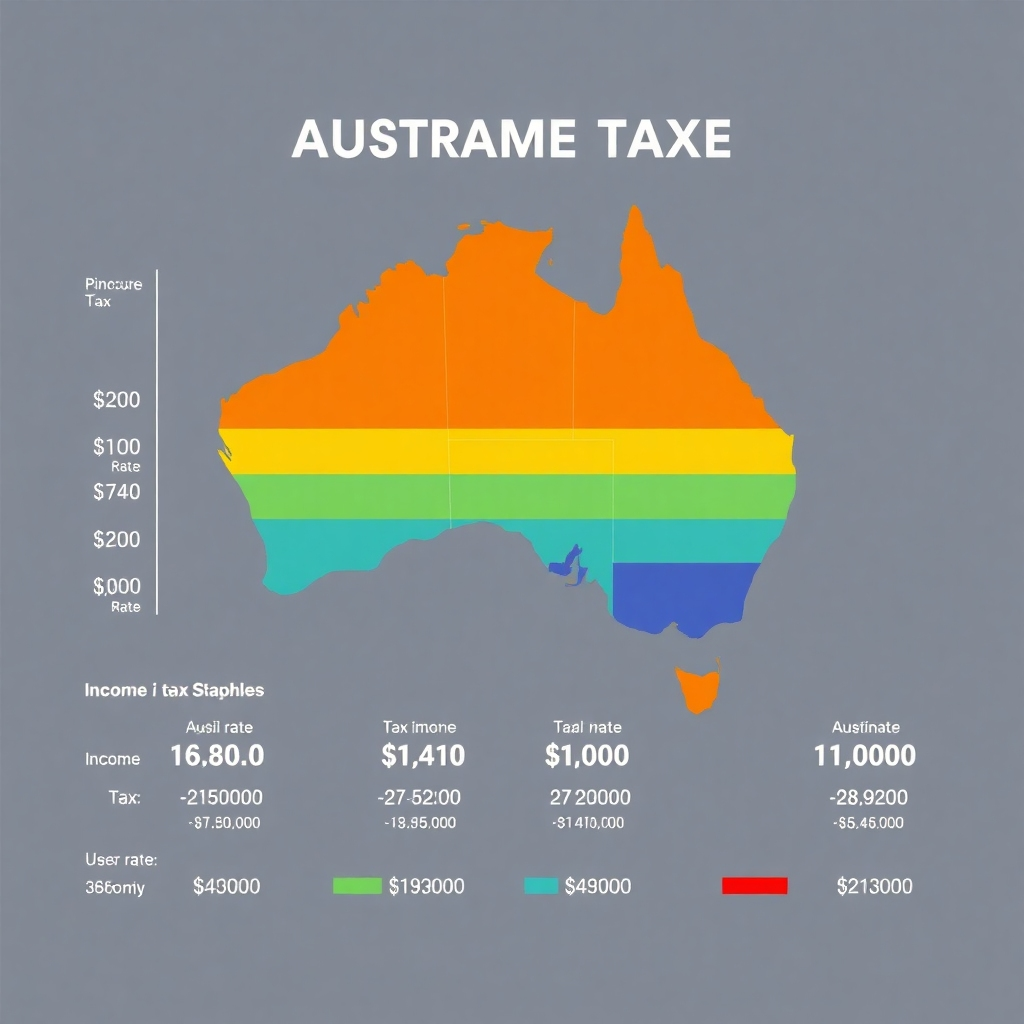Australian Tax Write-Offs: A Detailed Guide
This article provides a comprehensive overview of tax write-offs available to Australian taxpayers. Understanding these deductions can significantly reduce your tax liability. We'll cover various categories, including:
- Work-related expenses: Claiming deductions for expenses incurred while performing your job, such as uniforms, travel, and home office expenses.
- Self-education expenses: Deductions for courses and training that help maintain or improve your skills in your current employment.
- Investment property expenses: Claiming deductions for interest, repairs, and other expenses related to investment properties.
- Charitable donations: Deductions for donations made to registered charities.
- Other deductions: Exploring additional deductions such as those for managing tax affairs, professional subscriptions, and more.
Important Considerations:
It's crucial to keep accurate records of all expenses claimed. The Australian Taxation Office (ATO) requires substantiation for all deductions. This guide provides general information only; consult with a registered tax agent for personalized advice.
Disclaimer: This article is for informational purposes only and does not constitute financial or legal advice. Always seek professional advice before making any tax-related decisions.










